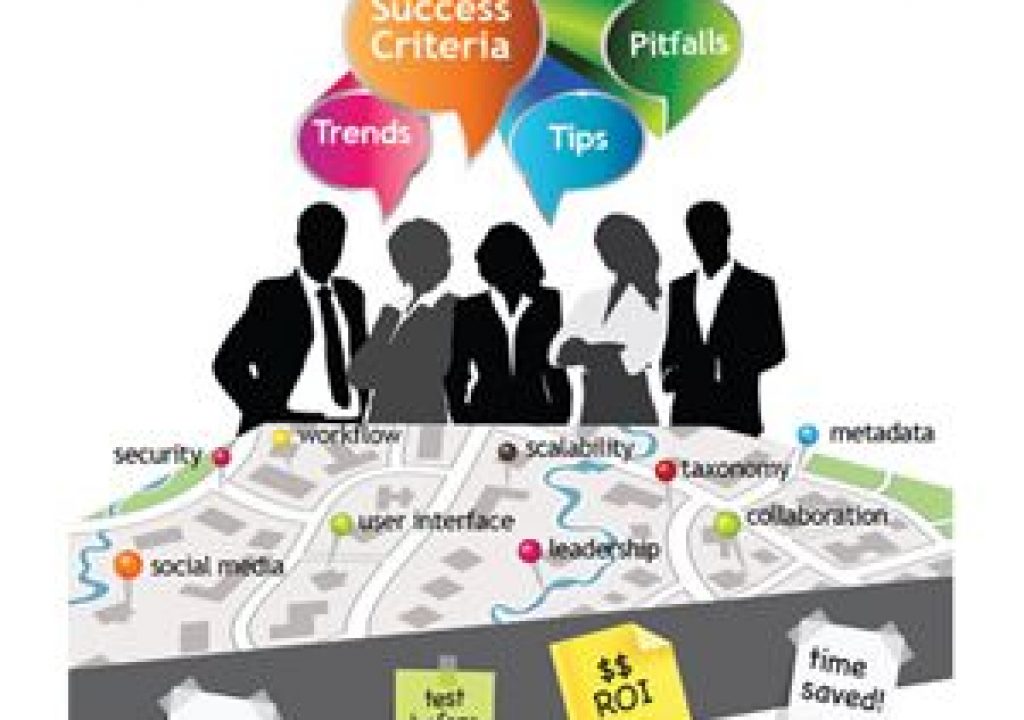Much has been written, discussed, presented, and illustrated to summarise Digital Asset Management (DAM) and its impact in a world exploding with content. But it never does any harm to remind oneself of the key criteria for success, tips to follow on the journey, and pitfalls to avoid. And just where is DAM heading? What trends should you look out for?
In a series of 4 small extracts Nigel Cliffe helps guide your DAM strategy plans.
No.1# Success Criteria
- Measurement processes
- Production savings & profit opportunities
- Equal combination: people, process, assets, and technology
- Workflow
- Metadata
Many DAM projects start from a moment in time when a catastrophe hits and the panic mode creates the shoots of a solution. It may be lost files, or a rights image used out of time, a wrongly used version of an image – the list goes on. Time should be taken to ensure that a clear business case is built to support DAM that stands the test of time – a long term strategy that has the flexibility to change with the times. If possible, create in advance the measurement processes that track the ROI of DAM. DAM will create production savings, but it will also offer profit opportunities.
Let’s just be clear here. DAM is not a technology alone, but an equal combination of people, processes, assets and technology.
Many businesses are built around silos of activity. Different departments do not integrate. DAM brings about the need to form new alliances between people and departments; it’s not all about technology. It is useful to storyboard the user experience, defining all touch points along the journey of the asset. A most important feature is to ensure a change management initiative is adopted to smooth the path for new collaborations.
DAM is not a repository of assets; it is a living, breathing, state’ of content. The journey of an asset touches many places in an organization. It is imperative to define the life of the asset and define the workflow upfront. Authorities, approvals, and permissions are key to the efficiency of DAM.
Metadata makes content more visible to users searching for relevant items as well as supporting a wide range of more complex information applications. The taxonomy within which it sits is the particular grouping or classification that can be applied to the organizational infrastructure. A DAM without metadata is like a text book without an index. Assets are frankly useless in a DAM system without a well-defined taxonomy surrounding the metadata. The enterprise’s own culture determines the vocabulary and architecture of its metadata. It proves extremely worthwhile to invest in a taxonomy strategy in advance of the implementation of DAM.
The full article can be found at http://damroadmap.com/

